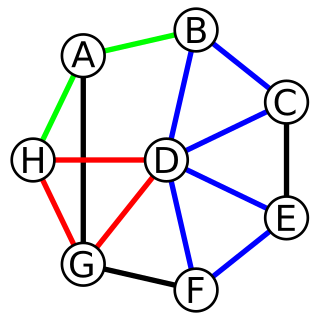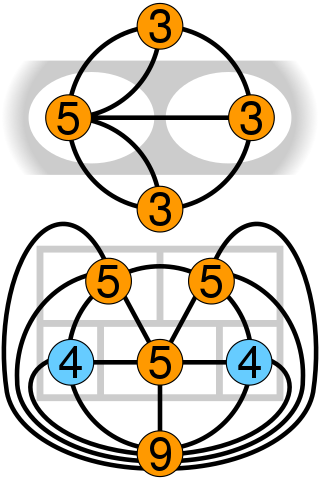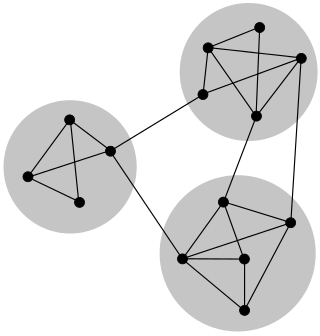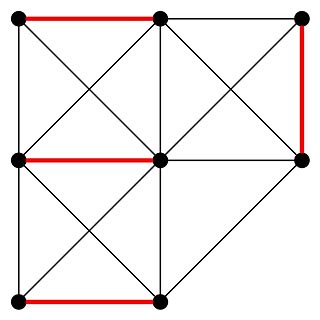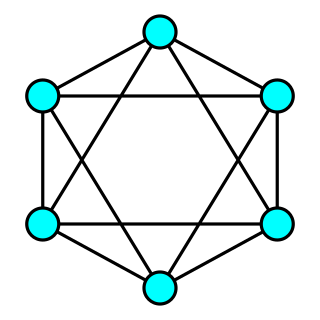Short proof
Most direct proofs consider a more general statement to allow proving it by induction. It is also convenient to use definitions that include some degenerate cases. The following proof for undirected graphs works without change for directed graphs or multi-graphs, provided we take path to mean directed path.
For sets of vertices A,B ⊂ G (not necessarily disjoint), an AB-path is a path in G with a starting vertex in A, a final vertex in B, and no internal vertices neither in A nor in B. We allow a path with a single vertex in A ∩ B and zero edges. An AB-separator of size k is a set S of k vertices (which may intersect A and B) such that G−S contains no AB-path. An AB-connector of size k is a union of k vertex-disjoint AB-paths.
- Theorem: The minimum size of an AB-separator is equal to the maximum size of an AB-connector.
In other words, if no k−1 vertices disconnect A from B, then there exist k disjoint paths from A to B. This variant implies the above vertex-connectivity statement: for x,y ∈ G in the previous section, apply the current theorem to G−{x,y} with A = N(x), B = N(y), the neighboring vertices of x,y. Then a set of vertices disconnecting x and y is the same thing as an AB-separator, and removing the end vertices in a set of independent xy-paths gives an AB-connector.
Proof of the Theorem: [1] Induction on the number of edges in G. For G with no edges, the minimum AB-separator is A ∩ B, which is itself an AB-connector consisting of single-vertex paths.
For G having an edge e, we may assume by induction that the Theorem holds for G−e. If G−e has a minimal AB-separator of size k, then there is an AB-connector of size k in G−e, and hence in G.

Otherwise, let S be a AB-separator of G−e of size less than k, so that every AB-path in G contains a vertex of S or the edge e. The size of S must be k-1, since if it was less, S together with either endpoint of e would be a better AB-separator of G. In G−S there is an AB-path through e, since S alone is too small to be an AB-separator of G. Let v1 be the earlier and v2 be the later vertex of e on such a path. Then v1 is reachable from A but not from B in G−S−e, while v2 is reachable from B but not from A.
Now, let S1 = S ∪ {v1}, and consider a minimum AS1-separator T in G−e. Since v2 is not reachable from A in G−S1, T is also an AS1-separator in G. Then T is also an AB-separator in G (because every AB-path intersects S1). Hence it has size at least k. By induction, G−e contains an AS1-connector C1 of size k. Because of its size, the endpoints of the paths in it must be exactly S1.
Similarly, letting S2 = S ∪ {v2}, a minimum S2B-separator has size k, and there is an S2B-connector C2 of size k, with paths whose starting points are exactly S2.
Furthermore, since S1 disconnects G, every path in C1 is internally disjoint from every path in C2, and we can define an AB-connector of size k in G by concatenating paths (k−1 paths through S and one path going through e=v1v2). Q.E.D.
